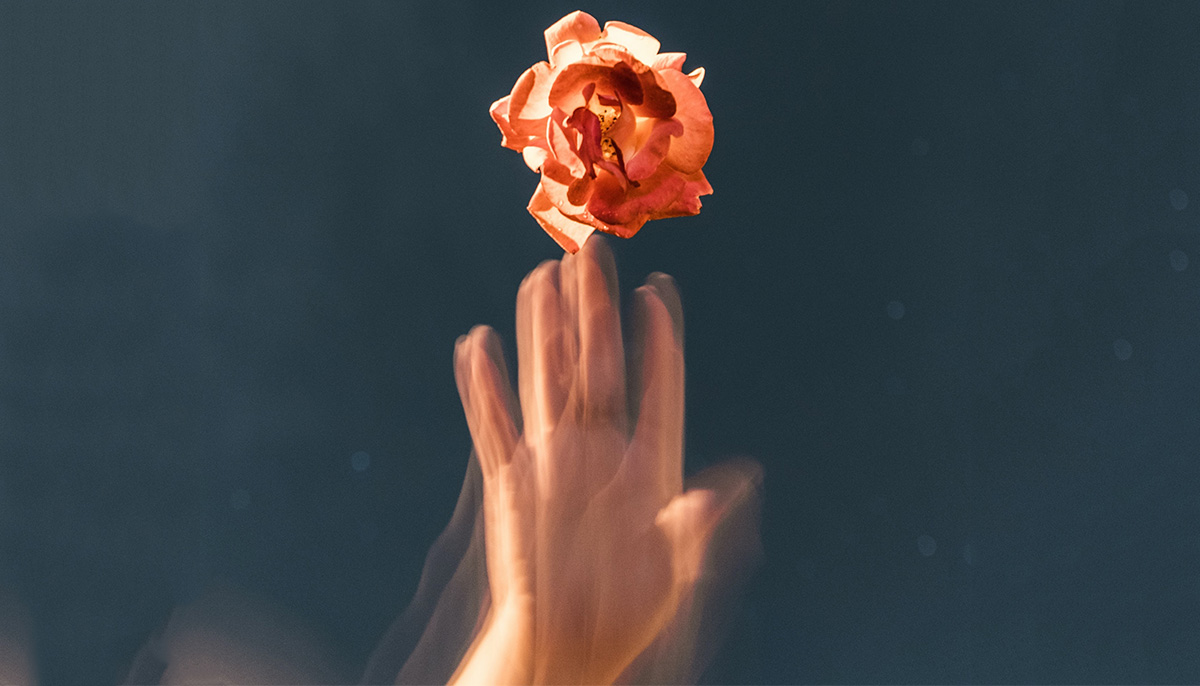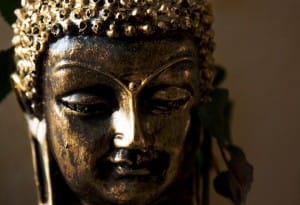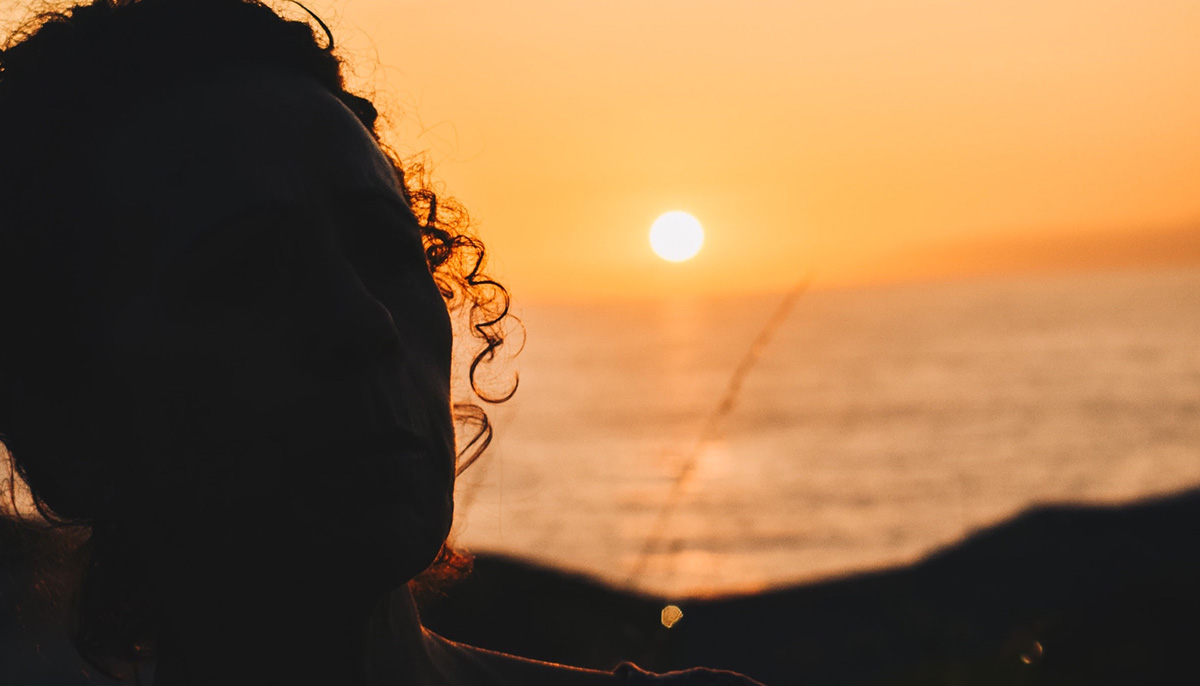Understanding the beauty and challenges of desire leads us to love and compassion. Ray Buckner explores how following desire allows us to show up as our most genuine selves.
Before I read the Torah on the day of my Bat Mitzvah, I sat as the Cantor chanted. As his beautiful baritone voice graced the synagogue, I waited alongside my family and friends, preparing for my portion of the service. I wore a green velvet dress with a wide lace neckline. My hands grasped at the fabric of the shawl covering my shoulders, terrified that the dress would allow my chest to show. Though pretty, the dress felt wrong.
Four years earlier, I’d gone to the department store with my family to buy suits for my brother’s Bar Mitzvah. I remember wandering around the boy’s section of the store, lovingly touching the suits as I would the petals of a beautiful rose. I imagined myself wearing one. But on that day, I was my parents’ daughter, and my desires didn’t matter. Since then, my desires — for short hair, men’s suits, ties — have brought some serious trouble.
What are those yearnings that pulse through you, speaking only your name? What does it feel like to touch those cravings, and what awaits on the other side?
As a trans and gender-queer person, I try my best to live my truest life, which has never been easy. Whether it’s identifying as non-binary, using gender-neutral pronouns, declaring my yearning for top surgery, or sharing interest in hormone replacement therapy, each of these gender-affirming steps has been met by many with doubt and disapproval. On this path, I’ve learned that being trans means your desires, body, and existence are often fundamentally debated and judged. This judgment can be profoundly damaging to one’s body, heart, and mind. It makes me wish I could eliminate my desires to avoid condemnation.
What are your desires? What are those yearnings that pulse through you, speaking only your name? What does it feel like to touch those cravings, and what awaits on the other side? Is it peace, joy, anguish, judgment? Judgment often lurks there for me, but I’ve learned that in this one precious life, I can’t afford to suppress my desires. In denying my desires I’m denying my ability to meet this world with a true and gentle heart. To live fully, I need to show up as my most genuine self.
The following teachings offer Buddhist wisdom that has helped me understand the beauty and challenges of desire. I believe we can learn to listen to our desires, replacing judgment with understanding, love, and compassion. May these teachings meet you just as you are, with a gentle and compassionate heart.
—Ray Buckner, guest editor
Ray Buckner is a Buddhist practitioner pursuing their MA in Women’s, Gender, and Sexuality Studies at The Ohio State University.
Our Moment of Possibility and Joy
Who am I, really? Roshi Pat Enkyo O’Hara shares three teachings that have given her solace and strength as she’s asked that question.
There is the aspect of our self that is neither male nor female, that has no intrinsic nature. It is emptiness itself — a non-substantial, impermanent flow, where there is no ‘is’ and ‘is-not,’ where there is no boundary, and all energy and life flows in and out of itself. That is the wondrous aspect of the self, free and responsive.
Does my transgender identity conflict with Buddhism’s teachings on no-self?
Andrew Holecek, Sallie Jiko Tisdale, and Narayan Helen Liebenson answer a transgender woman’s question on identity and no-self.
Andrew Holecek: Take your unshakeable feeling that there is a deeper truth and use it to propel you toward that truth. That feeling is beautiful. Let your choice and your questions serve as catalysts for deeper investigation. Once you properly identify yourself as no-self, you will naturally express that selflessness as compassion and fulfill your longing — in any form. That’s when you’ll really shine.
On Awakening Through Race, Sexuality, and Gender
An exclusive excerpt from The Way of Tenderness by Zenju Earthlyn Manuel.
Awakening from the distortion of oppression begins with tenderness: we recognize our own wounded tenderness, which develops into the tenderness of vulnerability and culminates in the tenderness that comes with heartfelt and authentic liberation. That first experience of tenderness is a cry from deep within our own nature.




